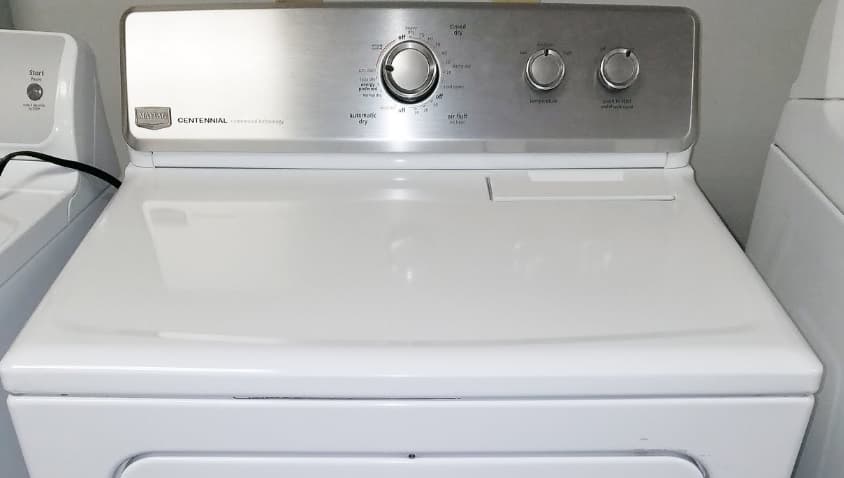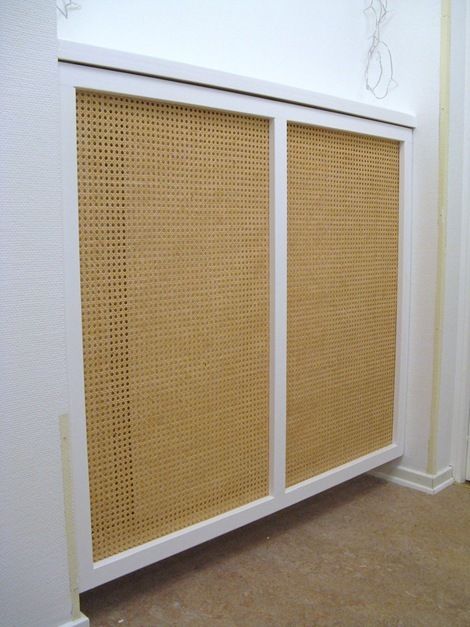Maytag Centennial Dryer Troubleshooting – There is no denying that the Maytag Centennial dryer is a fantastic asset in any home, thanks to its sturdy design and efficient operation. However, it’s not immune to occasional issues.
Whether your dryer refuses to start or doesn’t heat up, there’s no need to panic! This guide aims to extend your knowledge on how to troubleshoot some of the common issues related to your Maytag Centennial dryer, potentially saving you a fortune on repairs.
Always remember to prioritize safety during any troubleshooting process. Disconnect the appliance from the power source before you start with any repairs to prevent the risk of electrical shock.
Maytag Centennial Dryer Troubleshooting Process

The Maytag Centennial dryer is a popular choice for homeowners due to its robust build quality and reliable performance. However, like any appliance, it may run into occasional issues.
If you own one of these machines and have encountered a problem, fear not! This comprehensive guide will help you troubleshoot some of the common issues with your Maytag Centennial dryer, hopefully saving you time, money, and a visit from the repair technician.
Please remember that any troubleshooting should be performed with safety as a priority. Unplug the dryer before starting any repairs to avoid electrical shock.
-
Dryer Not Starting
One of the most common issues is the dryer refusing to start. This can often be due to a blown thermal fuse. This fuse is a safety device designed to protect the dryer from overheating. When it blows, the dryer won’t start.
To check, disconnect the dryer from the power source, locate the thermal fuse (typically on the blower housing), and use a multimeter to test for continuity. If the fuse has blown, you’ll need to replace it.
Another cause might be a faulty door switch. If the door switch is damaged or defective, the dryer won’t start when the door is closed. Use a multimeter to test the door switch for continuity. If it doesn’t have continuity, replace it.
-
Dryer Not Heating
If your dryer runs but doesn’t heat, the problem may be a broken heating element. Disconnect the dryer from power, locate the heating element (usually at the rear), and use a multimeter to test it for continuity. If it doesn’t have continuity, replace it.
Alternatively, the issue might be a faulty high-limit thermostat. This device shuts off the heating element when the dryer overheats.
When it’s faulty, it can shut off the heat too early or not turn it on at all. Test it for continuity using a multimeter. If it doesn’t have continuity when testing at room temperature, replace it.
-
The Dryer Runs But Doesn’t Dry
A clogged exhaust vent can prevent the dryer from drying your clothes. If the venting system is clogged, hot air will be trapped in the dryer drum, leading to extended drying times. Check the vent for lint build-up and clean it if necessary. Make sure the vent hose is not kinked or crushed, which can also prevent proper ventilation.
If the vent is clear, the issue could be a defective moisture sensor. This sensor measures the moisture level in the clothing.
If it’s faulty, the dryer might shut off too early. Check the sensor’s resistance with a multimeter. If it doesn’t change or is way off when compared to the manufacturer’s specifications, replace it.
-
Dryer Making Unusual Noises
If your dryer makes a loud noise, check for items caught in the dryer drum seals. Foreign objects can cause the drum to make noise as it rotates. Inspect the drum seals for any objects and remove them if found.
A worn-out drum roller or axle could also be the culprit. Over time, the rollers can wear out, causing the drum to not rotate smoothly, resulting in a loud rumbling noise. Examine the drum rollers for wear. If one is worn out, it’s best to replace all of them at the same time.
-
Dryer Stops Mid-cycle
A common problem faced by users is that their dryer stops working mid-cycle. This might happen due to a malfunctioning motor that can overheat and stop running.
If the motor shuts off during a cycle and then restarts after it has cooled down, this indicates that the motor might need replacement.
Another possible issue could be a faulty timer. If the timer isn’t advancing correctly, the dryer may stop in the middle of the cycle. Check the timer and replace it if necessary.
-
The Dryer Drum Not Turning
Another usual problem is when the dryer drum fails to turn. If you face this issue, the problem might lie with a damaged drive belt. Over time, the belt can wear out and break, leading to the drum not being able to turn. You can check the belt and replace it if it’s damaged or broken.
The issue might also be due to worn-out drum bearings. If the bearings are defective, they might cause the motor to strain, and the drum will have a hard time turning. You will need to replace the bearings if they’re worn out.
-
Excessive Vibration or Shaking
Excessive vibration or shaking can occur due to unbalanced loads. Make sure the clothes are evenly distributed within the drum.
However, if the shaking persists even with balanced loads, inspect the dryer leveling legs. Uneven flooring can cause the dryer to vibrate. Use a leveling tool to adjust the legs and ensure the dryer is stable.
The problem could also lie in worn drum glides. These plastic parts help the drum turn smoothly and quietly. Replace the glides if they’re worn out or damaged.
-
Dryer Producing Too Much Heat
If your dryer is getting too hot, it could be due to a malfunctioning cycling thermostat. This component controls the temperature within the dryer drum. Use a multimeter to check for continuity. If it doesn’t show continuity at room temperature, replace it.
A clogged vent could also cause excessive heat. Lint build-up in the vent can block the airflow, causing the dryer to overheat. Regularly inspect and clean the vent to ensure optimal functioning.
Also Check:
- How to Change Code on Schlage Lock without Programming Code
- Toshiba TV Factory Reset without Remote
- How to Get Disney Plus on Toshiba Smart TV
- How to Install a Dishwasher Where There Was None
Conclusion:
Despite this guide’s extensive coverage, it’s worth noting that it doesn’t cover all potential issues with the Maytag Centennial dryer.
Certain problems might require professional assistance. If you’re unsure about any step in the troubleshooting process, don’t hesitate to call in a technician.
Consistent maintenance is key to preventing many common issues. Regular cleaning of the lint filter and vent can save you from future headaches and ensure your dryer runs efficiently for a longer period.
Always refer back to your Maytag Centennial dryer’s user manual for model-specific instructions and details.
Be aware that warranties could be voided if non-professionals perform certain repairs, so when in doubt, consult the manual or contact Maytag support for assistance.
Remember, the original source for this article is machineanswered.com, and all the information provided here is for educational purposes. Please carry out repairs responsibly and at your own risk.
While this guide covers some common issues with the Maytag Centennial dryer, it’s not exhaustive.
Some problems might require professional help, so don’t hesitate to call a technician if you’re unsure about any repair. Remember, your safety should always come first.
Troubleshooting your Maytag Centennial dryer can save you from a hefty repair bill, not to mention the inconvenience of having a non-working appliance. However, regular maintenance, including cleaning the lint filter and vent regularly, can prevent many common issues, prolong the life of your dryer, and keep it running efficiently.
Finally, always refer to your Maytag Centennial dryer’s user manual for specific instructions and details about your model.
Keep in mind that warranties could be voided if certain repairs are done by non-professionals, so it’s always best to consult the manual or contact Maytag support for help if needed in Maytag Centennial Dryer Troubleshooting.


